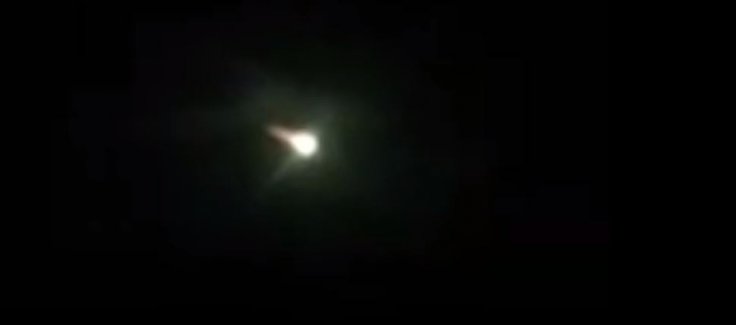Bright meteors from the Lyrid shower were captured by NASA's network that was designed to monitor fireball events. Footage of the meteors was captured by the agency before the shower's peak.
The Lyrids meteor shower is an annual cosmic event that regularly occurs in April. Its source is caused by the dust particles coming from a long-period comet known as C/1861 G1 Thatcher.
Catching The Lyrids Meteor Shower

This year, the shower officially began on Sunday (April 19). During its peak, which is expected to begin on April 22, sky gazers can expect to see up to 18 meteors per hour. As noted by NASA, the shower's peak will coincide with the International Dark Sky Week, which is an annual scientific event that celebrates night-time cosmic events. Bill Cooke, the head of NASA's Meteoroid Environment Office, noted that the meteor shower would be clearly visible this week due to ideal weather and sky conditions.
"This will actually be a good year for the Lyrids and it is exciting the peak is on Earth Day and in the middle of International Dark Sky Week," he said in a statement. "While the Lyrids aren't as prolific as other meteor showers like the Perseids or Geminids, they usually do produce some bright fireballs, and since the Moon will be nearly invisible on April 22, rates should be about as good as it gets for this shower."
NASA's All-Sky Fireball Network
Even before the shower's peak, NASA has already spotted quite a few fireballs produced by the Lyrids. These were caught by the agency's All-Sky Fireball Network, which consists of 17 cameras placed in different locations across the US.
As its name suggests, this network was established to monitor fireball events over the country. In its latest observation, the network was able to spot meteors flying across the sky. As seen in the video, the bright objects only appeared briefly.
Origin Of The Meteor Shower
As noted by NASA, this year's Lyrid meteor shower seems to originate from the direction of Vega, a bright star in the Lyra constellation. It is the fifth brightest star from Earth and often appears with a bluish glow.
"The Lyrids appear to come from the vicinity of one of the brightest stars in the night sky — Vega," NASA stated. "Vega is one of the easiest stars to spot, even in light-polluted areas."









